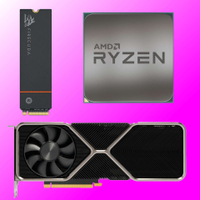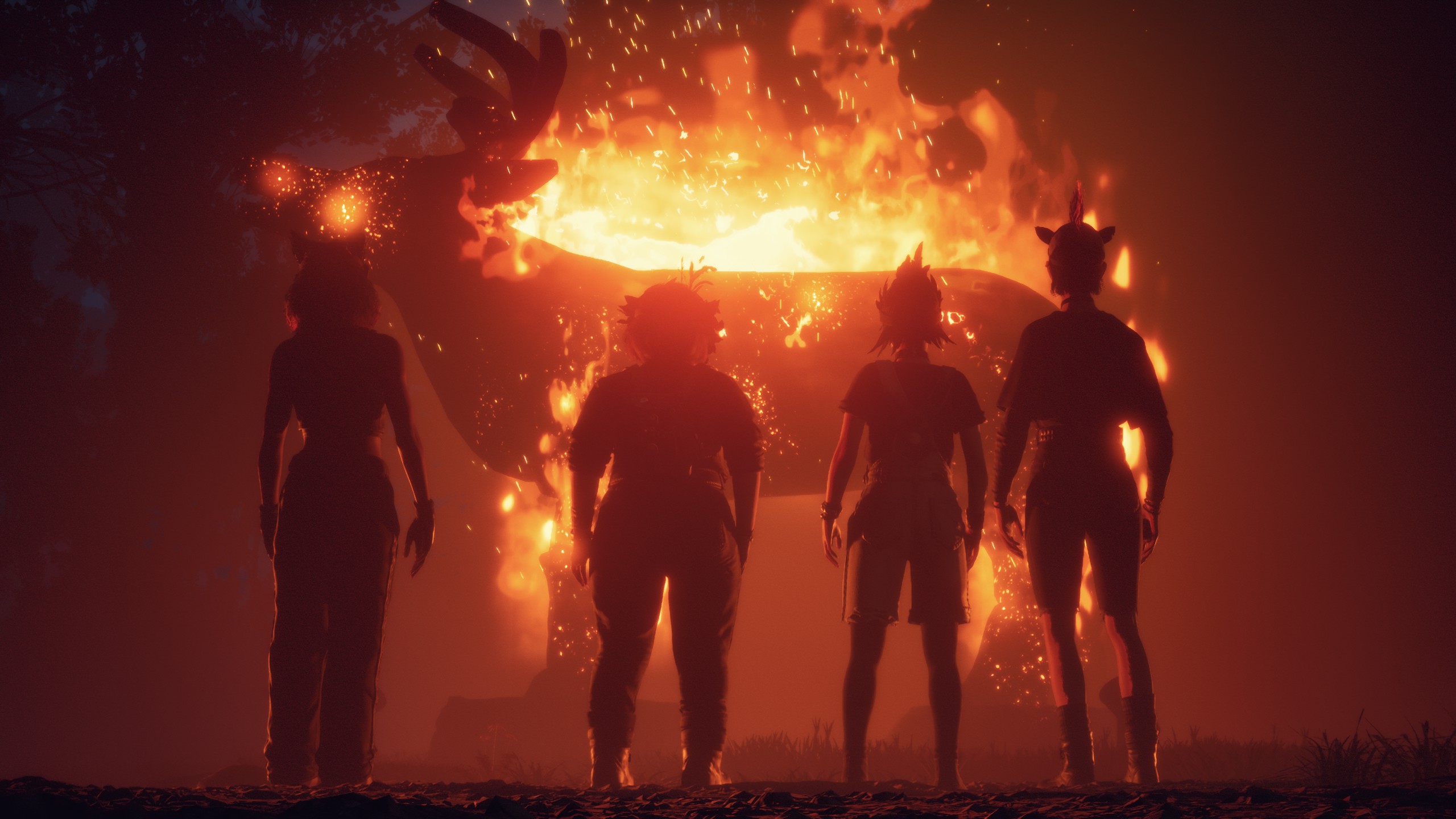I really want to believe Intel's claim that the drivers for its new Arc B580 1440p graphics card suffer from 'no known issues of any kind'
Known knowns, known unknowns, or just completely unknown? Better ask Donald Rumsfeld.
Intel's new Arc B580 graphics card looks super promising for budget 1440p gaming. But if there's any doubt over the new GPU, it's driver quality. After all, the initial driver quality for the first-gen Intel Arc A series cards like the A770 was pretty diabolical.
But don't panic. Because Intel says the drivers for the new Battlemage-based B580 board suffer from "no known issues of any kind." Yup, really.
Specifically, so said Intel's gaming graphics spokesbod, Tom Petersen, speaking to the Full Nerd podcast. Indeed, Petersen explained how Intel's "driver quality and compatibility has improved tremendously over the last two years. DX9 is great, DX11 is great, DX12 is great, there's no caveats at all with this card when we're launching."
Of course, one could opt for a Rumsfeldian analysis of Petersen's comments and recognise that no known issues isn't the same as no unknown issues, or perhaps even no known unknowns. As for unknown unknowns, well, we'll leave such sophistry to greater minds.
Whatever, it's an extremely bold claim and one we really hope is true. On paper, the new Arc B580 looks fantastic for $249. It's said by Intel to be faster than an RTX 4060 at the same time as offering a wider 192-bit memory bus and 12 GB of RAM, both of which will help with gaming at higher resolutions like 1440p and should also bequeath the card with a modicum of future proofing.
What's more, Petersen also said that Intel had taken learnings from the troubled Alchemist drivers cards and built them into the actual hardware for the new Battlemage generation of graphics.
"We've taken lessons from that [from Alchemist's driver issues], and built that into Battlemage. So, Battlemage has lots and lots of things that make the driver writing easier," Petersen said.
The biggest gaming news, reviews and hardware deals
Keep up to date with the most important stories and the best deals, as picked by the PC Gamer team.
That sounds reassuring. The only catch is that it also seems to clash with what he said about Intel Arc GPU development generally. As we pointed out earlier today, when talking about Intel's GPU development cycles, Petersen said, "our architects are way ahead of us. They're already working on the next thing after the next thing."
He went on to emphasise that the hardware design for the generation of graphics that follows the just-announced B580 Battlemage board is already done. "Our IP called Xe3, that's pretty much baked. The software teams have a lot of work to do on Xe3, the hardware teams are off onto the next thing," he said.
| Row 0 - Cell 0 | Intel Arc B570 | Intel Arc B580 |
| Xe cores | 18 | 20 |
| Ray tracing units | 18 | 20 |
| XMX AI engines | 144 | 160 |
| Memory bus | 160-bit | 192-bit |
| Memory | 10 GB | 12 GB |
| Memory bandwidth | 380 GB/s | 456 GB/s |
| Core clockspeed | 2,500 MHz | 2,670 MHz |
| Board power | 150 W | 190 W |
| Video out | 3x DP2.1, 1x HDMI 2.1 | 3x DP2.1, 1x HDMI 2.1 |
Apply that timing to Alchemist and you'd assume that when the likes of the A770 was launched, the hardware design from Battlemage was already done. That doesn't seem to allow much if any time to react to the driver issues that emerged after the A770 launched.
Or maybe Intel knew Alchemist's drivers were pretty goosed long before it released those cards and had already started putting workarounds into Battlemage. Anyway, high quality drivers will be key to the appeal of the B580 and indeed any Battlemage-based graphics card from Intel. So here's hoping the B580 delivers on Petersen's bold claims. We'll know soon enough.
Best CPU for gaming: Top chips from Intel and AMD.
Best gaming motherboard: The right boards.
Best graphics card: Your perfect pixel-pusher awaits.
Best SSD for gaming: Get into the game first.

Jeremy has been writing about technology and PCs since the 90nm Netburst era (Google it!) and enjoys nothing more than a serious dissertation on the finer points of monitor input lag and overshoot followed by a forensic examination of advanced lithography. Or maybe he just likes machines that go “ping!” He also has a thing for tennis and cars.



